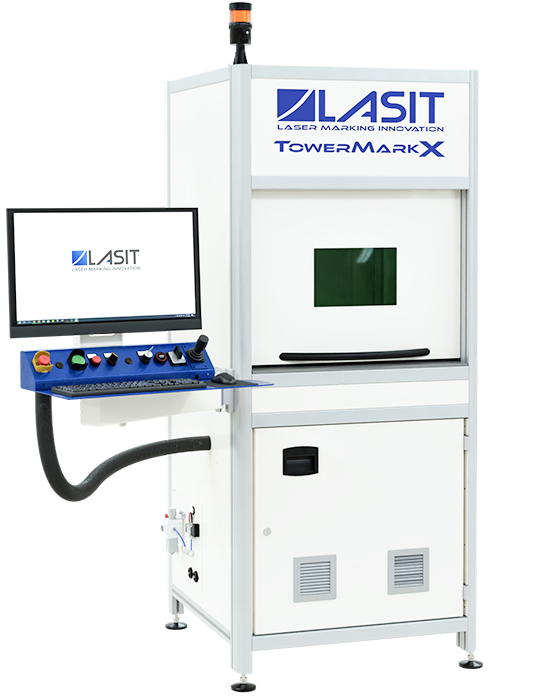Introduction
The necessity for precise, quick, and durable marking and labeling of items is critical in today’s high-speed manufacturing and production operations. Laser marking solutions can be useful in this situation. A versatile and effective way for applying marks, logos, serial numbers, and other identifiers to a variety of materials is laser marking. In this post, we’ll examine laser marking solutions, their technology, uses, and the reasons they’ve evolved into crucial tools across numerous industries.
The Technology Behind Laser Marking
In the non-contact laser marking method, a highly focused laser beam is used to alter a material’s surface and leave marks or patterns. There are various laser marking methods available, and each is suitable for specific materials and applications:
Laser engraving:
This technique involves scraping away material to leave a lasting imprint. It is frequently applied to ceramics, polymers, and metals. Laser etching creates a high-contrast mark by removing a little quantity of material from the surface. It is frequently used for logos, QR codes, and barcodes. Metals are subjected to the laser annealing process, which includes heating the material to create a contrast mark without removing any of it. It works well with titanium and stainless steel.
Laser Foaming: This technique includes leaving a raised, frosted imprint on plastics.
Ablation with a laser: Ablation removes layers of material by using brief, strong laser pulses. For fragile materials like semiconductors, it is appropriate.
Advantages of Laser Marking Solutions
Precision: Laser marking provides great precision and accuracy, making it simple to mark minute text and elaborate designs. The electronics, medical device, and aircraft sectors all benefit greatly from this precision.
Speed: Laser marking is ideal for high-volume production lines because of its lightning-fast speed. It can quickly designate products, resulting in effective workflow.
Durability: Laser marks are extremely robust and resistant to abrasion, substances, and the elements. They maintain their legibility over time to guarantee product tracability.
Non-contact Process: Laser marking doesn’t cause any damage to the object being marked because it doesn’t require contact. This is essential for fragile or sensitive goods.
Versatility: A variety of materials, including metals, plastics, ceramics, glass, and more, can be marked with laser marking solutions. It is suitable in a variety of industries thanks to its adaptability.
Applications of Laser Marking Solutions
Laser marking is utilized in many industries, such as the marking of part identification, logos, and VIN numbers on automotive parts. aerospace: identifying critical parts, guaranteeing traceability, and marking aircraft sections’ serial numbers.
Medical: Using engraving to authenticate and trace medical equipment, instruments, and implants.
Electronics: Adding data matrices and logos to PCBs, microchips, and other parts.
Jewelry: The careful engraving of writing and designs on precious metals. Expiration dates, barcodes, and product details should be marked on package materials. Adding branding and serial numbers to firearms allows for easier tracking.
In Conclusion
The way that products are marked and identified across sectors has been changed by laser marking technologies. Because of their accuracy, speed, and lifespan, they are an essential tool for production, quality assurance, and product traceability. As technology advances, laser marking is expected to become more and more crucial to ensuring product safety, authenticity, and compliance with industry standards. Because of its many applications and adaptability to various materials, laser marking is a versatile solution that will have a long-lasting impact on the manufacturing environment.
See also: Business




